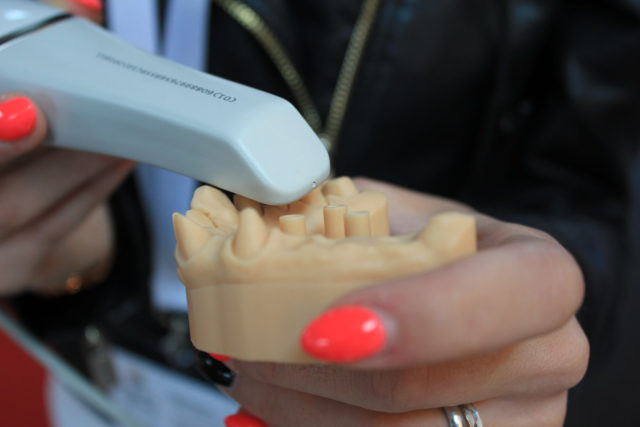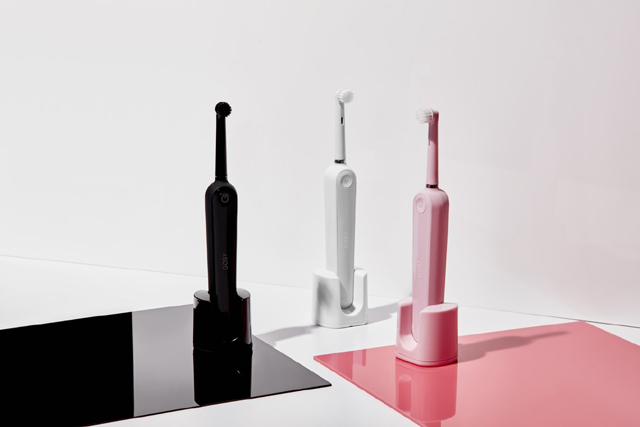A dental bridge is often used to replace a missing tooth. These are false teeth that close gaps in between your teeth. There are many materials used to make bridges. But the most common one is porcelain. Porcelain matches your teeth; hence they are good for aesthetics. Currently, there is a wide range of dental bridges you can use.

Four main types of dental bridges
Maryland dental bridge
This works like a traditional type because it needs two natural teeth beside the gap to stay in place. Crown gets cemented on two natural abutment teeth surrounding the gap. This procedure incorporates a porcelain or metal framework.
Traditional dental bridge
The is the most popular type of bridge. It is a false tooth secured by crowns placed on the abutment teeth. They are ideal for patients who have one missing tooth in between other teeth.
Cantilever dental bridge
Unlike the traditional type, the cantilever is firmly secured in the gap by a crown placed on only one tooth beside it. You only need one natural tooth to secure this method.
Implant-supported dental bridge
This does not use crowns or metal frameworks for support. As the name suggests, the bridge gets implanted on the missing teeth. The implant holds the bridge permanently on the gap. Dental experts report that this is the most robust and effective method. However, you will need to undergo two surgeries to install it. One surgery is meant to install the implants on the jawbone. In the second surgery, your dentist will install the bridge on the gap. Note that it can take a couple of months to put in place an implant-supported dental bridge.
How much does a dental bridge cost?
Typically, the cost of this procedure depends on a wide range of factors. Some of them include the type of bridges and the number of bridges. But generally, traditional types cost $2,000 to $5,000 per unit. Cantilever bridges cost $2,000 to $5,000 per unit. Maryland types are slightly inexpensive since they go for approximately $1,500 to $2,500 for one unit. Lastly, implant-supported types are the most expensive option; they cost about $5,000 to $1,500 for one bridge.
The material of the bridge also affects the pricing. However, it is always advisable to choose porcelain, even though it might be more expensive than other options. Also, note that dentists charge more if they find it difficult to place the dental bridge. So, before you undergo this procedure, talk to your dentist. Let them explain all the costs involved in the procedure. Fortunately, some insurance plans cater to dental bridge placement. Always check with your insurance policy to see what’s included in your dental insurance plan. You can also obtain a financing option to cater to the costs involved.
Dental bridge vs. dental implant
The main difference between a dental bridge and a dental implant is its durability. Generally, you need to replace a bridge after every five to fifteen years. The longevity varies depending on how you take care of your bridge. Although expensive, dental implants are permanent solutions. You don’t need to replace them at any given time. Keep in mind that you have to observe all oral hygiene practices to prolong the lifespan of your bridge.
Benefits of having a dental bridge
As mentioned earlier, a dental bridge replaces missing teeth. Therefore, it offers the following benefits.
Restoring your smile and self-confidence:
Having missing teeth can unquestionably interfere with your self-confidence. A bridge, therefore, restores your smile and makes you look more beautiful.
Enables you to chew properly:
Chewing with missing teeth can be difficult, especially when eating hard foods. When a dental bridge replaces the missing teeth, you can chew properly.
Improves speech:
Did you know that missing teeth can interfere with the quality of your speech? Replacing the missing teeth with a dental bridge, therefore, restores your speech and pronunciation.
Aesthetics:
A missing tooth can tamper with the aesthetics of your face. A dental bridge helps you maintain your facial appearance.
Keeps your teeth aligned:
Another advantage of this procedure is that it helps in keeping all surrounding teeth in their rightful position.
Conclusion
A dental bridge is an ideal oral device for replacing missing teeth. So, if you are missing a tooth or two, consider using this treatment option. However, before you settle for this method as a solution, consult a dental expert. More often than not, your dentist will advise you on the best type that suits your requirements. Also, they will show you all the costs involved in the procedure. Your requirements will determine whether you need one for your missing tooth at the end of the day.



